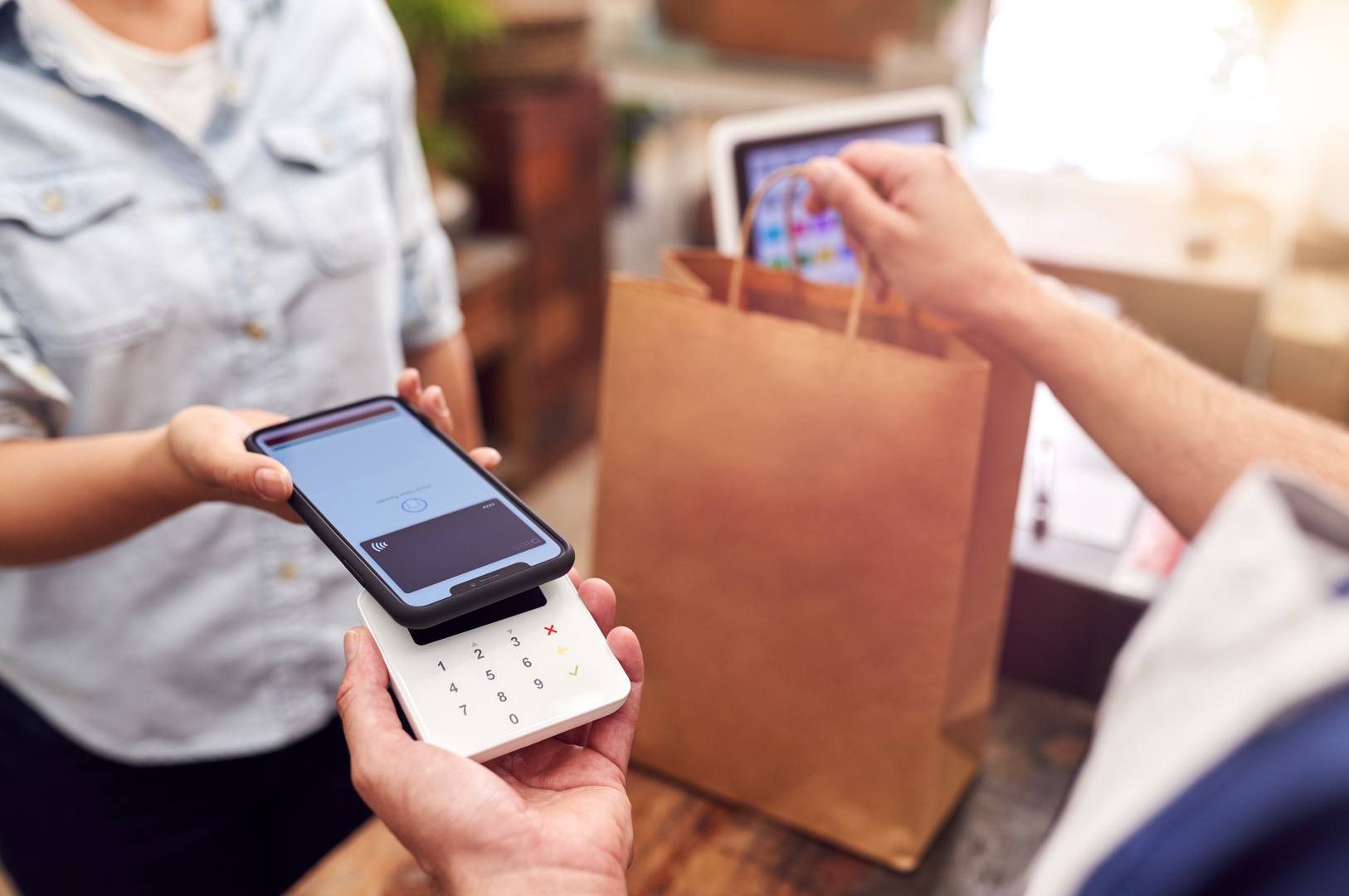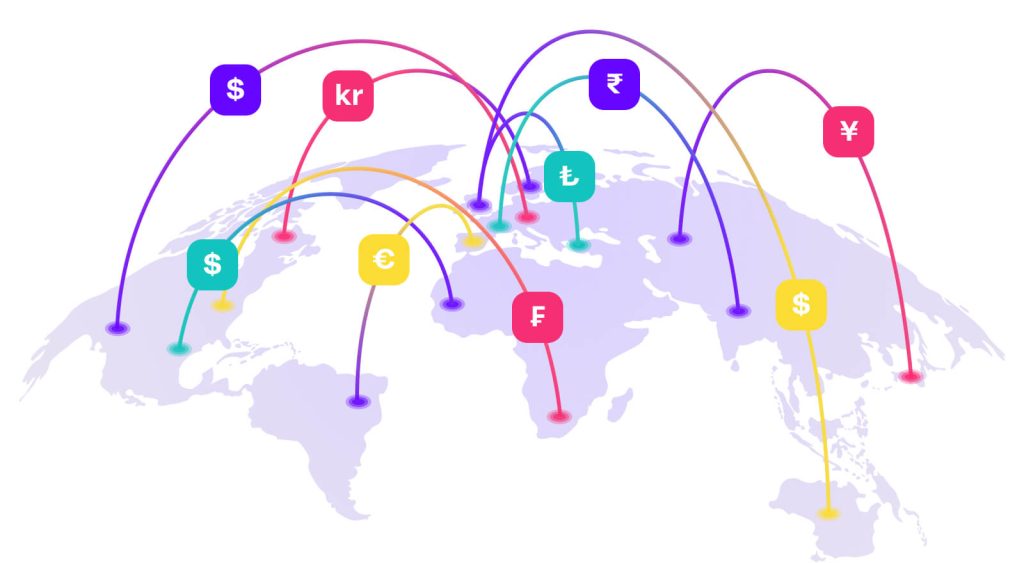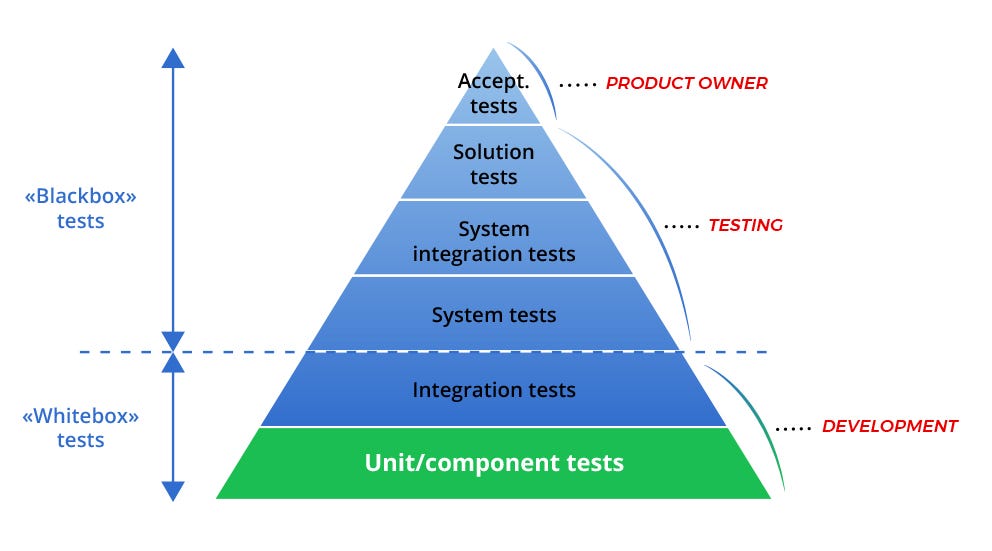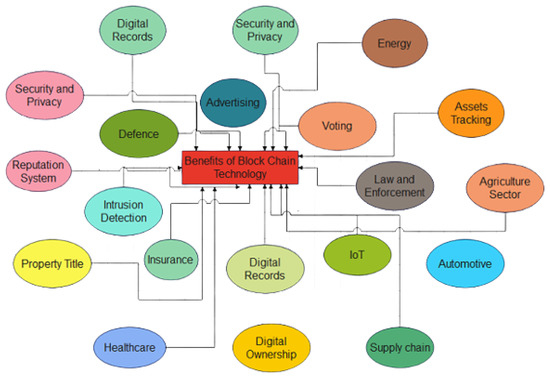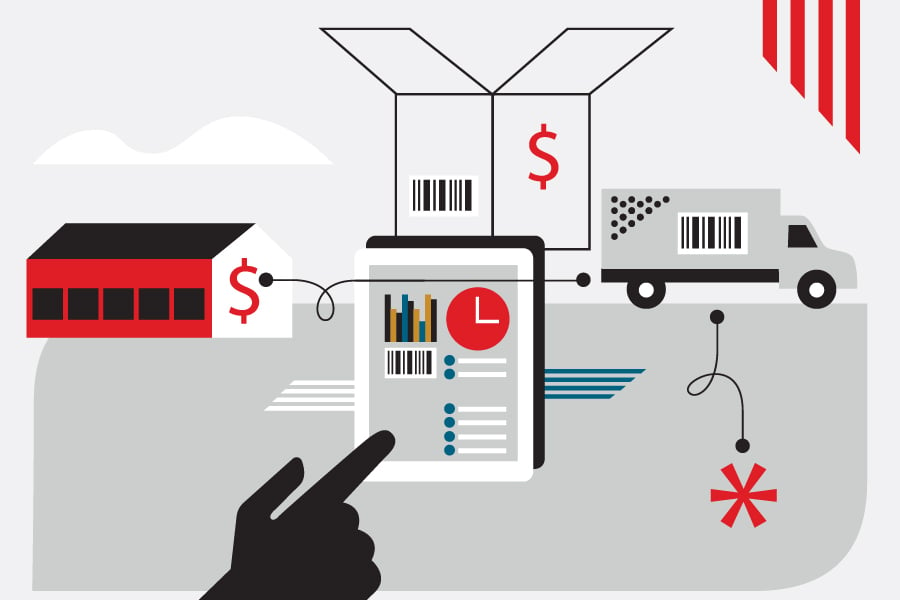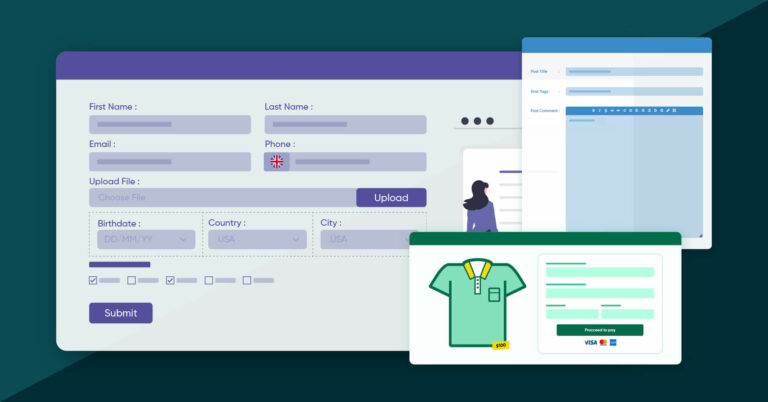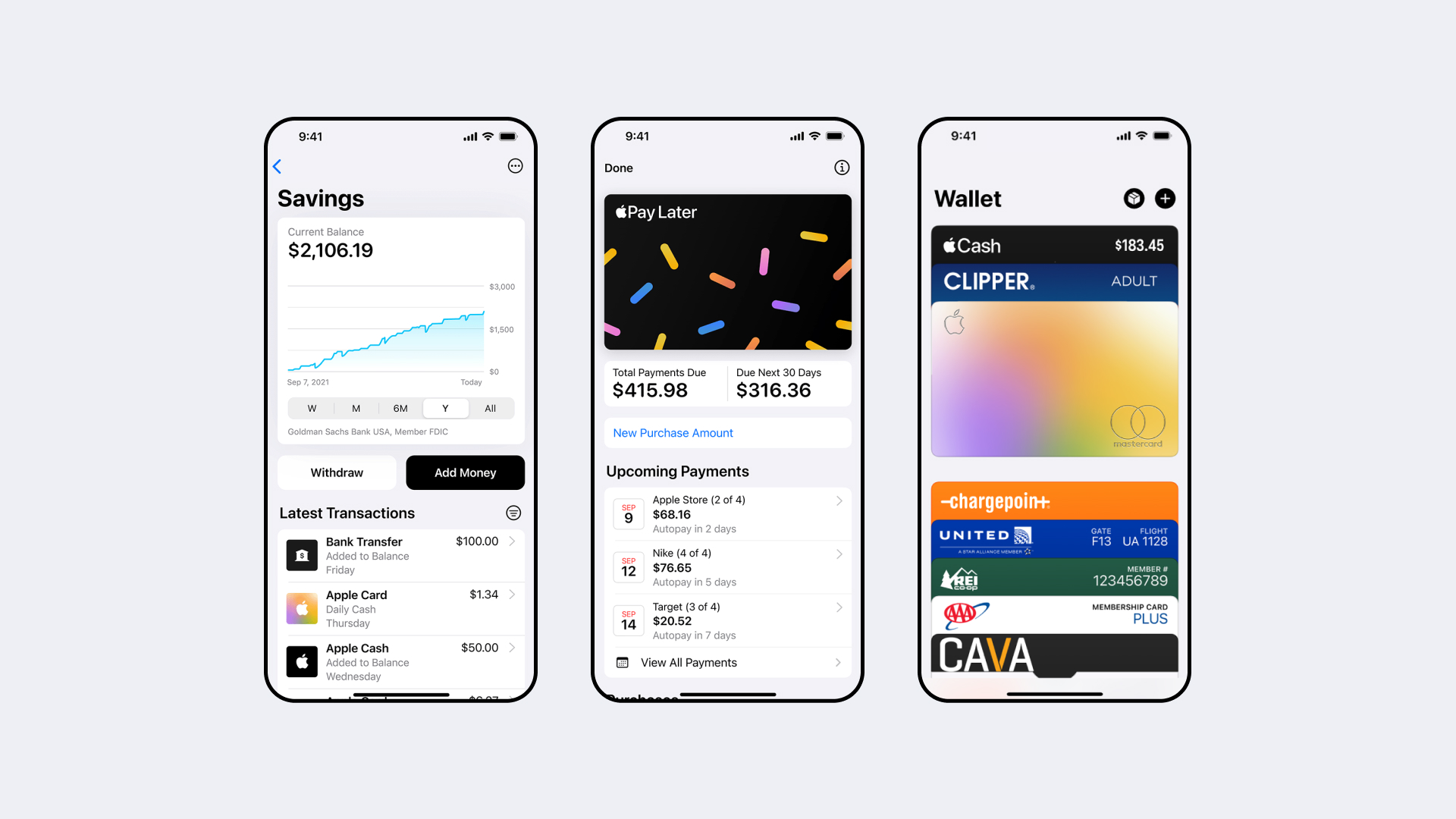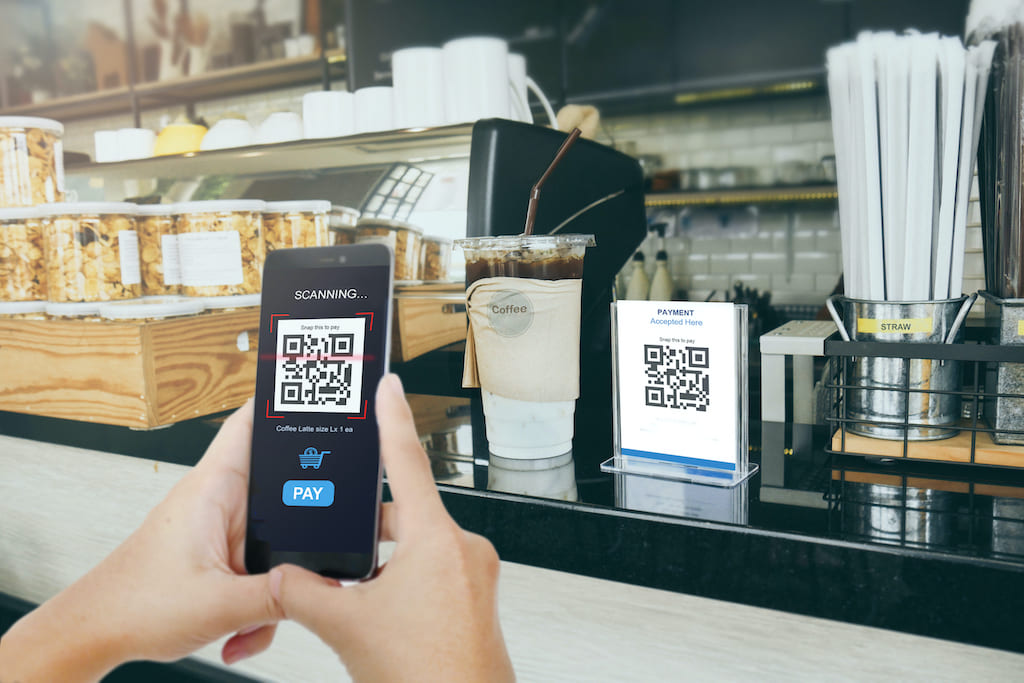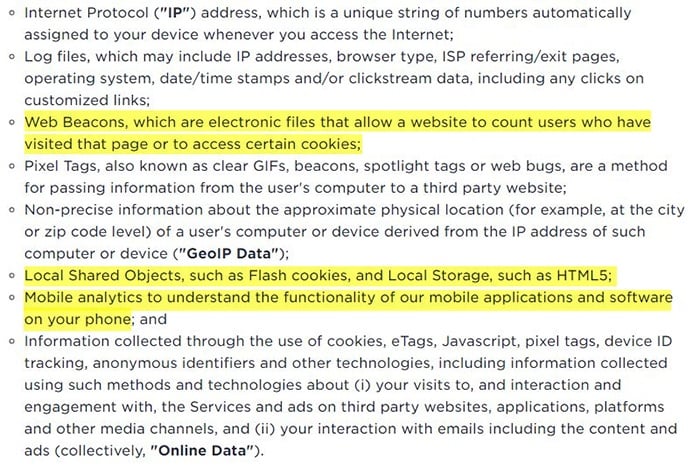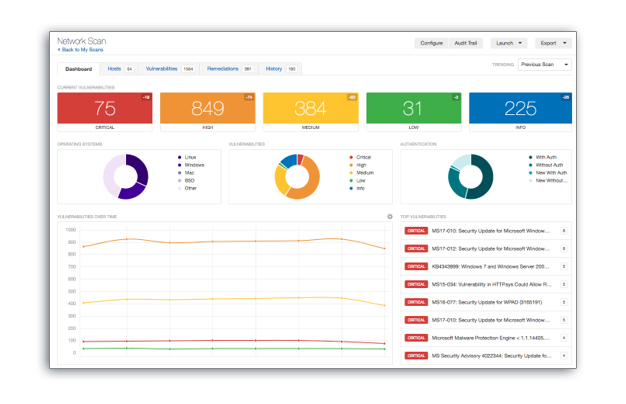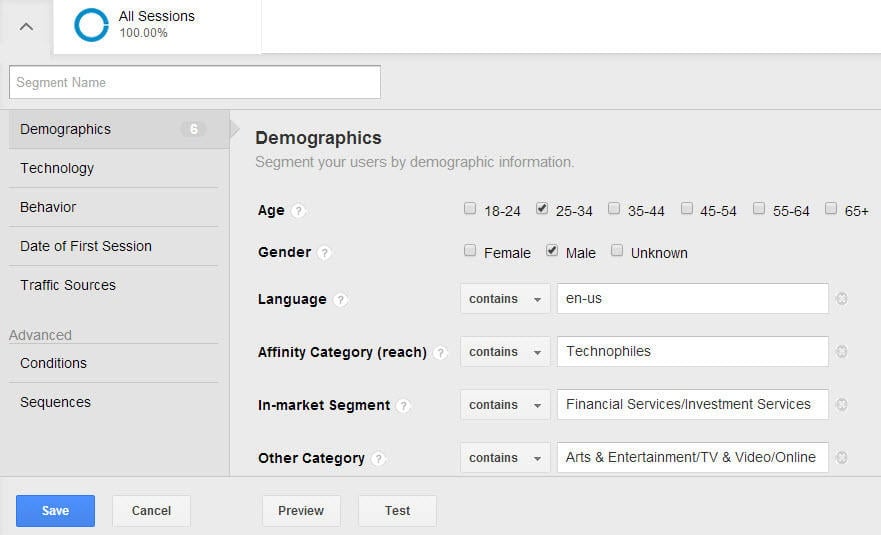
Published: Dec 2, 2024
Essential Best Practices for Integrating Mobile Payments in 2025
Essential Best Practices for Integrating Mobile Payments in 2025
I’ve seen my fair share of online businesses crash and burn because they couldn’t keep up with payment trends. Trust me, you don’t want to be that guy who’s still asking customers to whip out their credit cards in 2025! Let’s dive into the nitty-gritty of mobile payment integration and get your business ready to rake in those sweet, sweet digital dollars.
TLDR: What are the key steps to successfully integrate mobile payments into an e-commerce platform?
1️⃣ Choose the right payment gateway that supports multiple mobile payment options
2️⃣ Implement secure API integrations for each mobile payment method
3️⃣ Optimize the mobile checkout process for speed and user-friendliness
Table of Contents
- Understanding Mobile Payment Landscape
- Selecting the Right Payment Gateway
- API Integration Best Practices
- Security Measures for Mobile Payments
- Optimizing the Mobile Checkout Experience
- Testing and Quality Assurance
- Measuring Success and Optimization
Understanding Mobile Payment Landscape
The mobile payment scene is blowing up faster than a viral TikTok dance. Back in 2020, we were just dipping our toes in. Now? It’s a full-on cannonball into the deep end of digital transactions. Let’s break it down.
Popular Mobile Payment Methods
Apple Pay
- Launched in 2014, now available in over 70 countries
- Uses NFC technology for contactless payments
- Supports in-app and web purchases on Apple devices
Google Pay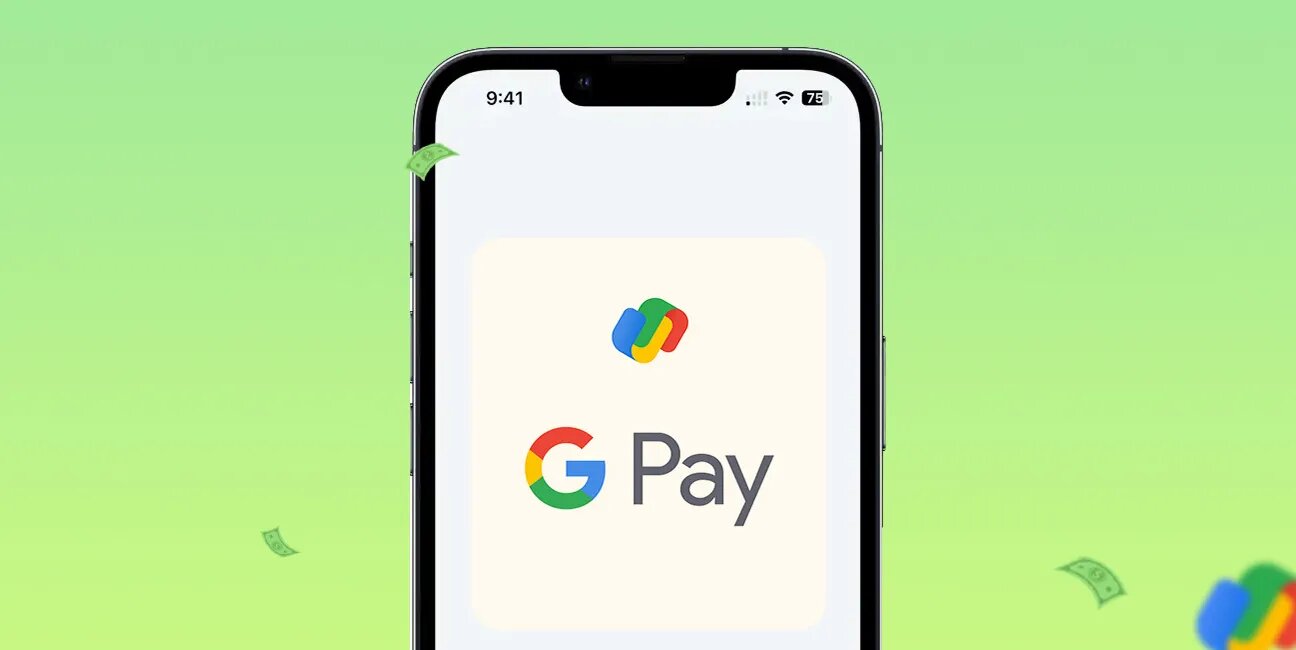
- Merged Android Pay and Google Wallet in 2018
- Works on both Android and iOS devices
- Offers peer-to-peer payments in some regions
PayPal
- The OG of digital payments, founded in 1998
- Boasts over 400 million active users worldwide
- Acquired Venmo in 2013, expanding its mobile presence
Market Trends and Consumer Behavior
-
- Surged during the COVID-19 pandemic
- 51% of Americans now use contactless payments regularly
Mobile Wallet Adoption
- Global mobile wallet market expected to reach $3.5 trillion by 2023
- Gen Z and Millennials leading the charge
-
- Fingerprint and facial recognition becoming standard
- 68% of consumers prefer biometrics for payment security
Why Mobile Payment Integration is Crucial
Reduced Cart Abandonment
- Mobile checkout friction causes 97% abandonment rate
- One-click payments can boost conversions by up to 30%
Expanded Customer Base
- 1.31 billion mobile payment users worldwide in 2023
- Catering to preferences of tech-savvy consumers
Improved Data Collection
- Digital transactions provide valuable customer insights
- Enables personalized marketing and loyalty programs
Case Study:Starbucks
- Launched mobile order and pay feature in 2015
- Now accounts for 25% of all U.S. transactions
- Loyalty program integration boosted customer retention by 80%
Challenges and Considerations
-
- Multiple payment options can complicate integration
- Need for unified payment systems
-
- Different regulations and currencies across markets
- Compliance with international payment standards
-
- 48% of consumers worry about mobile payment security
- Balancing convenience with robust protection measures
By understanding this landscape, you’re setting yourself up for success. Remember, it’s not just about keeping up – it’s about staying ahead. In the next section, we’ll dive into choosing the right payment gateway to make all this mobile magic happen.
Selecting the Right Payment Gateway
Picking the perfect payment gateway is like choosing the right fishing rod - it can make or break your catch. Let’s dive into the world of payment gateways and find the one that’ll reel in those sales for your business.
Key Features to Look For
-
- Must integrate seamlessly with Apple Pay, Google Pay, and PayPal
- Look for SDKs that simplify implementation
-
- PCI DSS compliance is non-negotiable
- Advanced fraud detection and 3D Secure 2.0 support
-
- Transaction fees typically range from 1.5% to 3.5%
- Watch out for hidden costs like chargeback fees or monthly minimums
-
- RESTful APIs for easy integration with your e-commerce platform
- Robust documentation and developer support
Top Payment Gateway Options
Stripe
- Known for developer-friendly APIs and extensive customization options
- Supports 135+ currencies and local payment methods
- Pricing: 2.9% + $0.30 per transaction (US rates)
Square
- Great for businesses with both online and physical presence
- Built-in analytics and inventory management
- Pricing: 2.6% + $0.10 per transaction for in-person, 2.9% + $0.30 for online
PayPal
- Massive user base of 400+ million active accounts
- Easy integration with PayPal Checkout button
- Pricing: 2.9% + $0.30 per transaction, with volume discounts available
Integration Complexity Comparison
| Gateway | API Complexity | SDK Availability | Customization Options | Avg. Integration Time |
|---|---|---|---|---|
| Stripe | Moderate | Yes (Multiple languages) | High | 1-2 weeks |
| Square | Low | Yes (Limited languages) | Medium | 3-5 days |
| PayPal | Low | Yes (Multiple languages) | Medium | 1-3 days |
Real-World Success Story
Take Allbirds, the sustainable shoe company. They implemented Stripe for their global expansion and saw a 27% increase in mobile conversions. By leveraging Stripe’s dynamic 3D Secure and machine learning fraud tools, they reduced fraud rates by 98% while maintaining a smooth customer experience.
Considerations for Different Business Types
-
- Look for gateways with robust recurring billing features
- Stripe and PayPal offer solid subscription management tools
-
- Need support for split payments and multiple vendors
- Stripe Connect is a popular choice for marketplaces like Lyft
-
- Prioritize gateways with multi-currency support and local payment methods
- Consider Adyen for its global reach and support for 250+ payment methods
Tips for Making Your Decision
Test Drive Before Committing
- Many gateways offer sandbox environments
- Run through the entire payment flow to catch any hiccups
Consider Future Scalability
- Will the gateway support your business as it grows?
- Look at enterprise-level features and pricing tiers
Check Customer Support Quality
- Payment issues need quick resolution
- Look for 24/7 support and multiple contact channels
Read the Fine Print
- Watch for long-term contracts or early termination fees
- Understand the chargeback process and associated costs
Remember, the right payment gateway is more than just a tool - it’s your partner in financial transactions. Choose wisely, and you’ll be setting your business up for smooth sailing in the mobile payment waters. Next up, we’ll tackle the nitty-gritty of API integration to get these payment powerhouses working for you.
API Integration Best Practices
Let’s dive into the nitty-gritty of API integration. It’s not just about slapping some code together and hoping for the best. We’re talking about handling people’s money here, so we need to get it right.
Understanding API Basics
Before we jump in, let’s make sure we’re on the same page about what an API actually is. Think of it as a waiter in a restaurant - it takes requests from your app (the customer) and delivers them to the payment gateway (the kitchen), then brings back the response.
-
- The most common type for payment gateways
- Uses standard HTTP methods like GET, POST, PUT, DELETE
-
- Gaining popularity for its flexibility
- Allows you to request exactly the data you need
Security First Approach
When it comes to payments, security isn’t just important - it’s everything. Here are some key practices to keep your integration Fort Knox-level secure:
-
- Always use HTTPS for all API calls
- Minimum TLS version 1.2 recommended
-
- Use strong, unique API keys for each integration
- Implement OAuth 2.0 for more complex scenarios
-
- Never store raw card data on your servers
- Use tokens provided by the payment gateway instead
Error Handling and Logging
Nobody likes errors, but they’re a fact of life in the world of APIs. Here’s how to deal with them like a pro:
Implement Robust Error Handling
- Don’t just catch errors, understand and act on them
- Use try-catch blocks and handle specific error types
Detailed Logging
- Log all API requests and responses (minus sensitive data)
- Use a centralized logging system like ELK Stack for easy analysis
Testing Strategies
Testing your integration isn’t just a good idea - it’s absolutely crucial. Here’s how to do it right:
-
- Always start with the gateway’s sandbox or test environment
- Create a suite of test cases covering various scenarios
-
- Test individual components of your integration
- Use mocking to simulate API responses
-
- Test the entire payment flow from end to end
- Include edge cases like network timeouts and server errors
Code Example: Stripe API Integration
Here’s a quick example of how you might integrate the Stripe API using Python:
import stripe
# Set your secret key
stripe.api_key = "sk_test_123456789"
try:
# Create a PaymentIntent
intent = stripe.PaymentIntent.create(
amount=1000, # Amount in cents
currency='usd',
payment_method_types=['card'],
)
# Return the client secret to your frontend
client_secret = intent.client_secret
except stripe.error.CardError as e:
# Handle card errors
print(f"Card error: {e.error.message}")
except stripe.error.APIConnectionError as e:
# Handle connection errors
print(f"API connection error: {e.error.message}")
except stripe.error.StripeError as e:
# Handle generic Stripe errors
print(f"Stripe error: {e.error.message}")Versioning and Updates
Payment gateway APIs aren’t static - they evolve over time. Here’s how to stay on top of changes:
API Versioning
- Always specify the API version in your requests
- Plan for regular updates to your integration
Changelog Monitoring
- Subscribe to the gateway’s developer newsletter
- Regularly check their changelog for updates
Performance Optimization
A slow checkout is a abandoned checkout. Here’s how to keep things zippy:
-
- Use async functions to handle API calls without blocking
- Implement webhooks for real-time updates instead of polling
Caching
- Cache non-sensitive, static data to reduce API calls
- Be careful not to cache any sensitive information
Compliance Considerations
Depending on your business and location, you might need to comply with various regulations:
-
- Required for handling credit card data
- Using a tokenization approach can reduce your compliance burden
-
- Applies to businesses dealing with EU customers
- Ensure your data handling practices are compliant
Remember, integrating payment APIs is a bit like defusing a bomb in an action movie - you want to take your time, double-check everything, and definitely don’t cut the red wire unless you’re absolutely sure. With these best practices in your toolkit, you’re well on your way to creating a secure, efficient, and user-friendly payment experience.
Security Measures for Mobile Payments
I’ve seen way too many businesses get burned by security breaches. Trust me, you don’t want to be that company splashed across the headlines for losing customer data. Let’s dive into how to lock down your mobile payments tighter than Fort Knox.
Essential Security Protocols
-
- Protects data from the moment it leaves the customer’s device
- Look for payment gateways using AES-256 encryption or better
-
- Replaces sensitive card data with a unique token
- Reduces the risk if your system is compromised
Two-Factor Authentication (2FA)
- Adds an extra layer of security beyond passwords
- Can reduce account takeover fraud by up to 99%
Compliance Standards
PCI DSS (Payment Card Industry Data Security Standard)
- Mandatory for businesses handling credit card information
- 12 main requirements covering network security, data protection, and access control
GDPR (General Data Protection Regulation)
- Applies to businesses dealing with EU customers’ data
- Strict rules on data collection, storage, and user consent
Advanced Fraud Detection Techniques
-
- Analyze transaction patterns to flag suspicious activity
- Continuously improve based on new data
-
- Identifies unique characteristics of a user’s device
- Helps detect fraudulent attempts from unfamiliar devices
-
- Analyzes user behavior patterns like typing speed and swipe gestures
- Can spot imposters even if they have the correct credentials
Real-World Security Implementation
Let’s look at how Square tackles mobile payment security:
Hardware Security
- Custom-built card readers with built-in encryption
- Tamper-detection technology that disables compromised devices
Software Security
- Automatic software updates to patch vulnerabilities
- Real-time monitoring for unusual transaction patterns
User Education
- Provides resources on best practices for secure transactions
- Regular communications about new security features and threats
Emerging Security Technologies
-
- Decentralized ledger technology for transparent, tamper-proof transactions
- Companies like Ripple are pioneering blockchain-based payment systems
-
- Uses principles of quantum mechanics for unbreakable encryption
- Still in early stages but promising for future security
Security Best Practices for Businesses
Regular Security Audits
- Conduct penetration testing at least annually
- Use tools like Nmap for network vulnerability scanning
Employee Training
- Implement a robust security awareness program
- Cover topics like phishing prevention and safe data handling
Incident Response Plan
- Develop a clear protocol for handling security breaches
- Run regular drills to ensure everyone knows their role
Case Study: The Target Data Breach
In 2013, Target suffered a massive data breach affecting 41 million customers. The hackers gained access through a third-party HVAC vendor. This incident highlights the importance of:
- Vetting third-party vendors thoroughly
- Implementing network segmentation to limit access
- Continuous monitoring for unusual network activity
The Human Element in Security
Remember, the strongest security measures can be undone by human error. I once consulted for a company that had top-notch encryption but wrote down API keys on sticky notes. Don’t be that company!
- Create a culture of security awareness
- Implement the principle of least privilege for access controls
- Use password managers like LastPass to encourage strong, unique passwords
By implementing these security measures, you’re not just protecting your business - you’re building trust with your customers. In the world of mobile payments, that trust is worth its weight in gold. Next up, we’ll look at how to test and ensure your security measures are working as intended.
Optimizing the Mobile Checkout Experience
Let’s face it - nobody likes a clunky checkout process. I’ve seen countless businesses lose sales because their mobile checkout was slower than molasses in January. Here’s how to streamline your checkout and keep those digital dollars rolling in.
Streamlined UI Design
-
- Cut the clutter - focus on essential elements only
- Use white space effectively to guide the user’s eye
Progress Indicators
- Show clear steps in the checkout process
- Reduces anxiety and cart abandonment
-
- Place key buttons within easy thumb reach
- Avoid tiny tap targets that frustrate users
Speed Optimization
-
- Load images and content as the user scrolls
- Reduces initial page load time
-
- Load non-critical elements after the main content
- Improves perceived performance
Content Delivery Networks (CDNs)
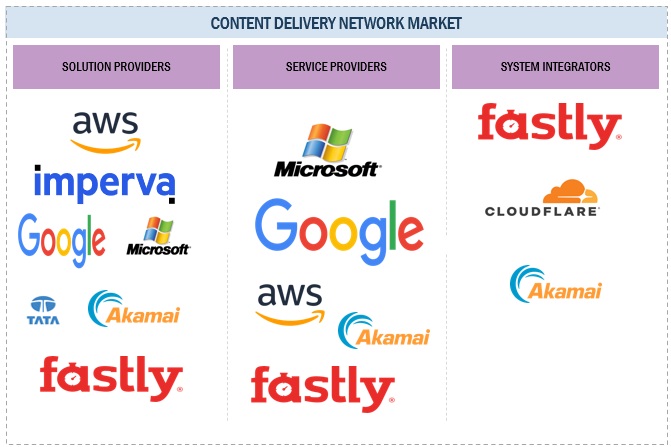
- Use CDNs like Cloudflare to serve content faster
- Reduces latency for global customers
Simplified Form Design
-
- Leverage browser autofill for faster form completion
- Use HTML5 input types for better mobile keyboard support
-
- Implement real-time address lookup and validation
- Reduces errors and speeds up the process
-
- Automatically format phone numbers and card details
- Reduces user errors and frustration
Payment Method Integration
-
- Integrate Apple Pay, Google Pay, and PayPal
- Offers one-tap checkout for faster transactions
-
- Implement QR code options for contactless payments
- Popular in Asia and gaining traction globally
Error Handling and Validation
Real-time Validation
- Validate form fields as users type
- Provide instant feedback to reduce errors
Clear Error Messages
- Use specific, actionable error messages
- Place error indicators next to the relevant fields
-
- Ensure the checkout works even if JavaScript fails
- Provides a fallback for users with older devices
Trust and Security Signals
-
- Display security badges prominently
- Use extended validation (EV) SSL for added trust
Customer Reviews
- Showcase trust pilot or other customer reviews
- Builds confidence in new customers
-
- Make your privacy policy easily accessible
- Use plain language to explain data handling practices
Case Study: Amazon’s 1-Click Ordering
Amazon’s 1-Click ordering patent, which expired in 2017, revolutionized mobile checkout:
- Reduced checkout process to a single tap
- Increased conversion rates by eliminating friction
- Saved payment and shipping info for future purchases
A/B Testing for Optimization
Always be testing! Here’s what to focus on:
Button Placement
- Test different positions for the “Buy Now” button
- Small changes can lead to big conversion boosts
Color Psychology
- Experiment with button colors (e.g., green for go, red for urgency)
- Different colors can evoke different emotional responses
-
- Try variations like “Complete Purchase” vs. “Place Order”
- Words matter - find what resonates with your audience
Mobile-Specific Features
-
- Implement fingerprint or facial recognition for faster logins
- Increases security while reducing friction
-
- Consider voice-activated checkout for hands-free ordering
- Useful for repeat purchases or subscriptions
-
- Use AR for product visualization before purchase
- Can reduce returns and increase customer satisfaction
Remember, the goal is to make your mobile checkout so smooth that customers barely notice it. It should be like a well-oiled machine - efficient, reliable, and almost invisible. Keep testing, keep optimizing, and watch those conversion rates soar!
Testing and Quality Assurance
When it comes to mobile payments, you can’t just wing it and hope for the best. Trust me, I’ve seen companies crash and burn because they skimped on testing. Let’s dive into how to make sure your payment integration is rock-solid.
Comprehensive Test Plan
First things first, you need a game plan. Here’s what a solid test plan should cover:
Functional Testing
- Verify all payment flows work as expected
- Test different payment methods (credit cards, Apple Pay, Google Pay, etc.)
- Check error handling and edge cases
-
- Simulate high traffic scenarios
- Measure response times under load
- Identify bottlenecks in the system
-
- Conduct penetration testing
- Verify encryption and tokenization
- Test for common vulnerabilities like SQL injection
-
- Ensure the checkout process is intuitive
- Test on different devices and screen sizes
- Gather feedback from real users
Test Environment Setup
You can’t test properly without the right sandbox. Here’s how to set it up:
-
- Create test accounts for each payment gateway
- Set up various test scenarios (successful payments, declines, etc.)
-
- Use tools like Faker to generate realistic test data
- Create a variety of test cards and user profiles
-
- Set up automated testing in your CI/CD pipeline
- Use tools like Jenkins or GitHub Actions
Automated Testing Strategies
Manual testing is important, but automation is where it’s at for consistency and scalability:
-
- Test how different parts of your system work together
- Simulate entire payment flows from start to finish
Mobile-Specific Testing
Don’t forget, we’re dealing with mobile payments here. That means some special considerations:
Device Fragmentation
- Test on a variety of devices (iOS, Android, different screen sizes)
- Use services like BrowserStack for access to real devices
-
- Test under different network conditions (4G, 3G, poor connectivity)
- Use tools like Charles Proxy to simulate network throttling
-
- Test fingerprint and facial recognition flows
- Ensure fallback options work smoothly
Real-World Testing Scenario
Let me tell you about a client of mine, TechGear
(name changed for privacy). They thought they had their mobile payment integration nailed down. But when we ran some real-world tests, we uncovered a nasty bug:
The issue: Transactions were failing silently when users switched apps mid-checkout
The solution: We implemented better state management and added robust error handling
This discovery saved them potentially thousands in lost sales and customer frustration.
Continuous Monitoring and Improvement
Your job isn’t done after launch. Here’s how to keep things running smoothly:
-
- Continuously test different checkout flows
- Use tools like Optimizely for easy A/B testing
User Feedback Loop
- Implement in-app feedback mechanisms
- Regularly analyze customer support tickets for payment-related issues
Compliance Testing
Don’t forget about staying on the right side of the law:
-
- Regular vulnerability scans (at least quarterly)
- Annual penetration testing
-
- Test data anonymization and deletion processes
- Verify consent management systems
Test Automation ROI
Some companies balk at the cost of comprehensive testing, but let me break it down for you:
- Manual testing cost: Approximately $50/hour
- Automated testing cost: Initial setup + $5/hour for runs
- Over 1 year, for 1000 test cases run weekly:
- Manual: 52 weeks 1000 cases $50 = $2,600,000
- Automated: $100,000 setup + (52 weeks 1000 cases $5) = $360,000
That’s a potential saving of over $2 million! And that’s not even counting the cost of bugs that slip through manual testing.
Remember, when it comes to mobile payments, thorough testing isn’t just a nice-to-have – it’s absolutely critical. Your users are trusting you with their hard-earned cash. Don’t let them down with a buggy checkout process. Test early, test often, and never stop improving. Your bottom line (and your stress levels) will thank you for it.
Measuring Success and Optimization
Let’s get real - if you’re not measuring your mobile payment performance, you’re flying blind. I’ve seen too many businesses pour money into fancy integrations without a clue if they’re actually paying off. Here’s how to make sure you’re not just spinning your wheels.
Key Performance Indicators (KPIs)
First things first, you need to know what to measure. Here are the crucial KPIs for mobile payments:
-
- The percentage of users who complete a purchase
- Industry average is around 2-3% for mobile
Average Order Value (AOV)
- Total revenue divided by number of orders
- Mobile AOV tends to be lower than desktop, but should increase over time
-
- Percentage of users who add items to cart but don’t purchase
- Mobile abandonment rates can be as high as 85%
Payment Success Rate
- Percentage of initiated payments that complete successfully
- Aim for at least 95% success rate
Analytics Tools for Mobile Payments
You can’t improve what you don’t measure. Here are some tools to help you track your KPIs:
-
- Free and powerful, great for overall site performance
- Use enhanced ecommerce tracking for detailed purchase data
-
- Specializes in user behavior analysis
- Great for understanding your conversion funnel
-
- Collects data from multiple sources into one place
- Useful for businesses using multiple analytics tools
Real-World Optimization Example
Let me tell you about a client of mine, GreenThumb Gardens
- (name changed for privacy). They were seeing a high cart abandonment rate on mobile. Here’s what we did:
- Analyzed user flow with Mixpanel
- Identified a drop-off point at the payment method selection
- A/B tested different payment layouts
- Result: 15% increase in mobile conversion rate
Continuous Improvement Strategies
Optimization isn’t a one-and-done deal. It’s an ongoing process. Here’s how to keep improving:
A/B Testing
- Constantly test different elements of your checkout process
- Use tools like Optimizely for easy setup
User Feedback
- Implement post-purchase surveys
- Use tools like Hotjar for user session recordings
Competitor Analysis
- Regularly check out your competitors’ mobile checkout
- Look for features you can adapt or improve upon
Advanced Optimization Techniques
Once you’ve nailed the basics, it’s time to level up:
-
- Use data to offer personalized payment options
- Example: Offering PayPal prominently to users who’ve used it before
-
- Implement ML algorithms to predict and prevent cart abandonment
- Companies like Dynamic Yield offer ML-powered personalization
-
- Understand user behavior across devices
- Use this data to optimize the mobile experience
Case Study: Amazon’s One-Click Patent
Amazon’s one-click ordering patent, which expired in 2017, is a masterclass in checkout optimization:
- Reduced friction by saving payment and shipping info
- Increased impulse purchases
- Estimated to have saved Amazon billions in potential lost sales
Common Pitfalls to Avoid
I’ve seen businesses make these mistakes time and time again:
Ignoring Mobile-Specific Issues
- Example: Not optimizing for thumb-friendly button placement
- Solution: Use mobile-first design principles
Overcomplicating Analytics
- Example: Tracking too many metrics and getting lost in data
- Solution: Focus on core KPIs and actionable insights
Neglecting Page Speed
- Example: Slow-loading checkout pages leading to abandonment
- Solution: Use tools like Google PageSpeed Insights to optimize
Remember, optimization is an ongoing journey, not a destination. Keep testing, keep measuring, and most importantly, keep listening to your users. They’ll tell you what works and what doesn’t - you just need to pay attention.
Next time you’re scratching your head over why your mobile conversions aren’t where you want them to be, come back to these strategies. And hey, if you’re still stuck, give me a shout. I’ve been around this block a few times, and I’m always happy to help a fellow entrepreneur out.

